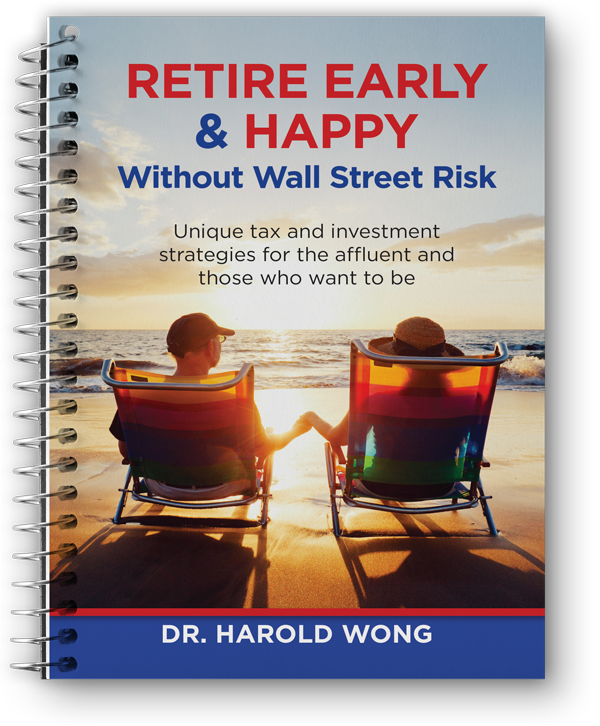
How To Protect Yourself From Stock Market Downturn
Ahwatukee Foothills News by Dr. Harold Wong
On 6/13/2022, a CNBC article by Samantha Subin and Fred Imbert was titled “S&P 500 tumbles nearly 4% to new low for the year, closes in bear market territory”. The S&P 500 Index was down 21% from its January, 2021 record.
The Dow-Jones Index was down 17% off its record high and the NASDAQ Composite dropped by more than 33%. When the stock market indices drop by 10%, it’s considered a “correction” and when it drops at least 20%, it’s considered a “Bear Market”.
In the following two weeks, the stock market had a small recovery, but on 6/30/2022, this article in yahoo.finance.com by Emily McCormick said “Stock market news live updates: Stocks fall, S&P 500 heads for worst first half in 52 years”.
This leaves investors in a dilemma: Do I ride the stock market all the way down and have to wait years for the stock market to recover; OR Do I cut my losses and sell much of my stock market holdings right now?
Let’s clarify this discussion with a live example. A reader of my newspaper column called me and stated that she had $550,000 total financial assets and virtually all was in the stock market. It dropped to $450,000 and she decided to pull it out entirely from the stock market and it’s sitting in a money market fund. She asked whether this was the right decision. I asked her “How much steady income do you need in retirement to cover all your living expenses, fun money, and hopefully bucket list dream money?” She said $90,000/year would be fantastic.
The average dividend yield in the S&P 500 Index companies since January 1, 2000, has only been 2.02% and the average interest rate you can receive from a US 10-year or 30-year Treasury bond was around 3%.
Here are more details about this single lady: She normally earns $150,000 selling houses and is age 62. She has three major decisions: keep her total $450,000 out of or in the stock market; work longer; and when to take her Social Security retirement benefits.
Scenario 1: Retire at age 64 but take Social Security at age 62, like most do, and put her $450,000 back into the stock market. Her Social Security income will be $1,600/month and she has no old-fashioned pension. Assume that she can save $25,000 in the next 2 years and this will be her emergency fund that is deposited in a bank. If her $450,000 of financial assets earns 2%, this generates $9,000 of annual dividend income. Her total income is now $28,200 and is nowhere close to her current $90,000 of annual spending.
Scenario 2: She retires at 70 and starts major savings and income tax reduction. She’s able to save $50,000 per year over the next 8 years; averages an 8% return; and this adds $574,378 to her retirement fund. If this can continue to earn 8%, this is $45,950 of income at age 70. By waiting until age 70 to take Social Security (SS), and counting major cost-of-living increases due to current high inflation, assume that her SS will be $3,500/month or $42,000/year. Now her total retirement income is $87,950. If $350,000 of her current $450,000 assets were deposited today in a private pension, by age 70 it would generate $35,000/year. Now her total annual retirement income would be $122,950 and she can afford her bucket list dreams.
Conclusion: More important than gambling in the stock market is: Protecting principal from stock market crashes; waiting until age 70 to take SS; saving lots of income tax; and substantially increasing your annual savings.
To RSVP for the seminar or schedule a free consultation, please contact Dr. Harold Wong at (480) 706-0177 or
Dr. Wong earned his Ph.D. in Economics at the University of California/Berkeley and has appeared on over 400 TV/radio programs.

